Smart has revealed how it expects city cars, urban mobility solutions and car-sharing models to progress in the future with the unveiling of the electric Vision EQ Fortwo.
Revealed at the Frankfurt motor show, the self-driving two-seater showcases the solutions and technology Smart boss Annette Winkler says are being considered for the company's future city car models and are set to play a key role in parent company Mercedes-Benz’s Car2Go car-sharing programme by 2030.
“The Smart Vision EQ Fortwo is our vision of future urban mobility; fully autonomous, with maximum communication capabilities and electric,” says Winkler.
The centrepiece of the new concept car is an advanced Level 5 autonomous driving system. It is integrated with swarm intelligence in a move that Smart suggests will make future models and associated car-sharing fleets more convenient and efficient by better anticipating the predictability of demand.
“In the future, car-sharing users will not have to look for the next available car – it will find them and collect passengers directly from their chosen location,” says Winkler.
Smart considers the adoption of autonomous driving technology in the development of its Car2Go scheme a key component in its growth plans. Currently, a Smart model is hired every 1.4sec in cities around the world through a customer base of more than 2.6 million. The company says internal studies predict the number of users of car-sharing schemes worldwide will increase fivefold by 2025 to more than 36.7 million customers.

Hinting at plans by Smart to take its line-up exclusively electric in the future under Mercedes-Benz’s EQ electric sub-brand – a move that’s expected to be announced at next year’s Geneva motor show - the Vision EQ Fortwo features a rear-mounted electric motor and 30kWh lithium-ion battery offering a range of “well over 300km”.

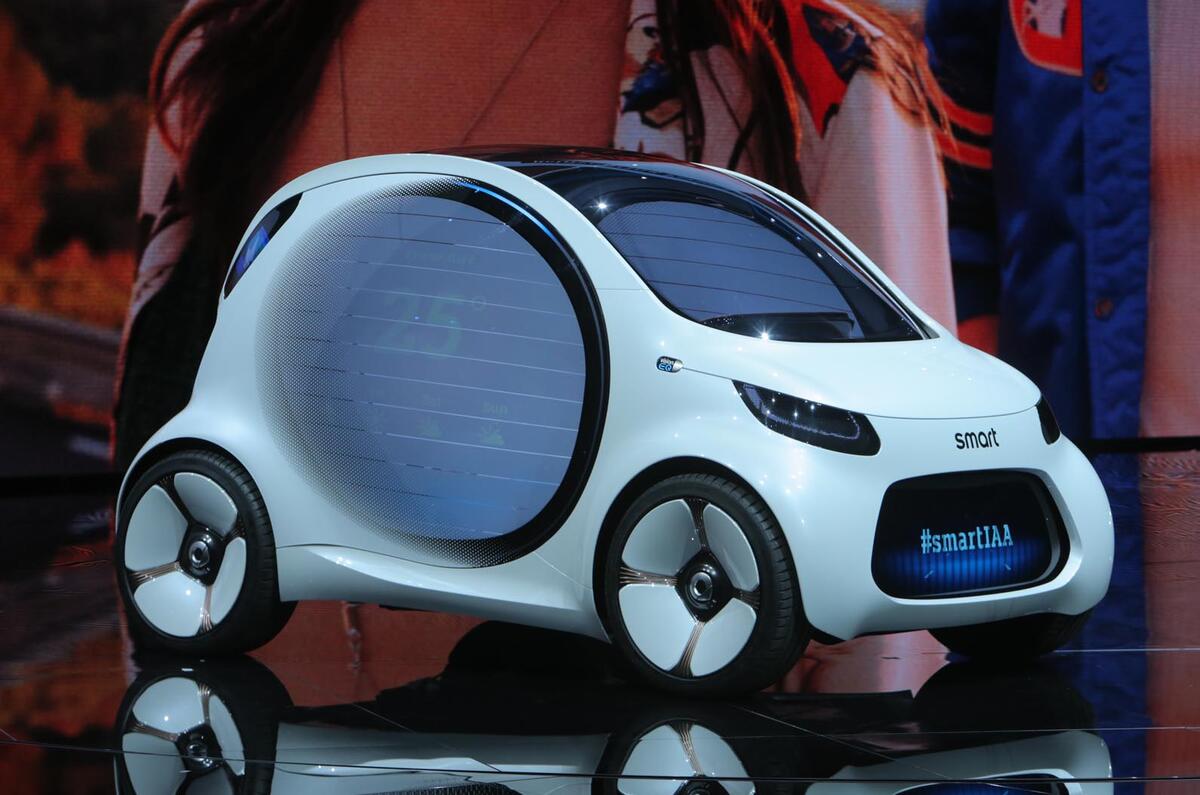
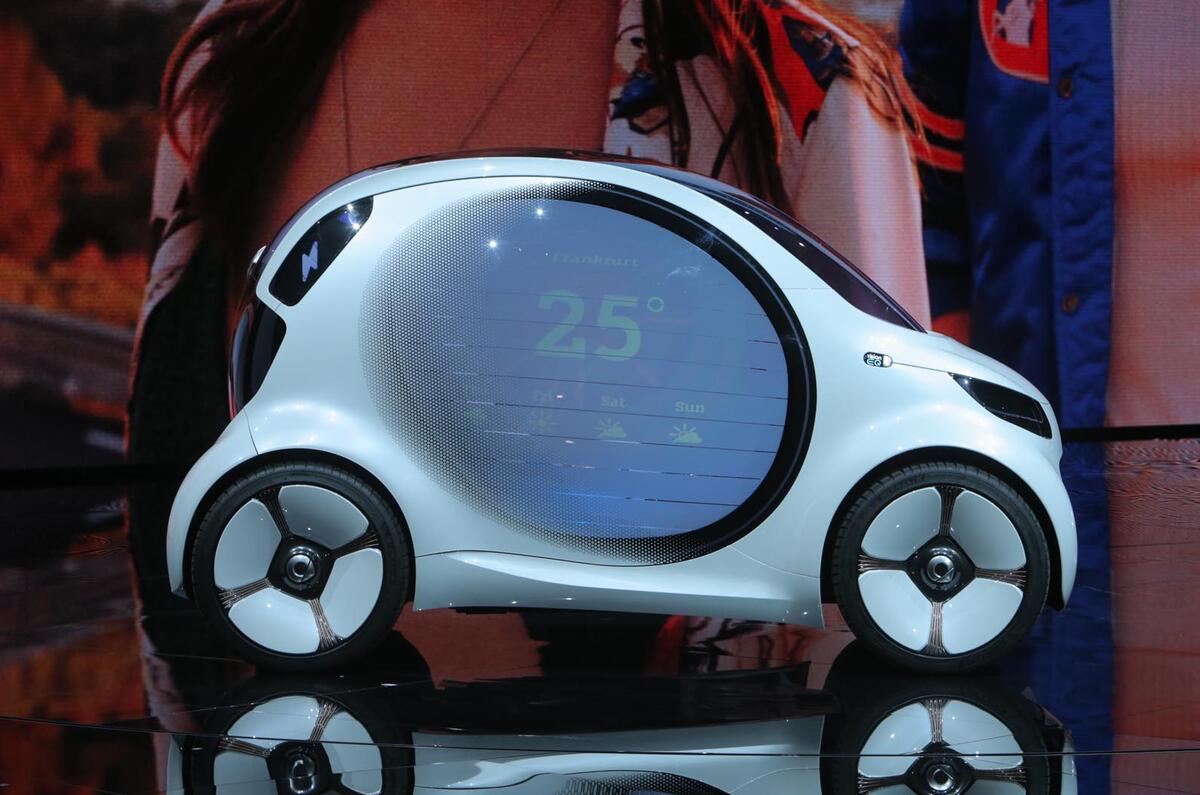
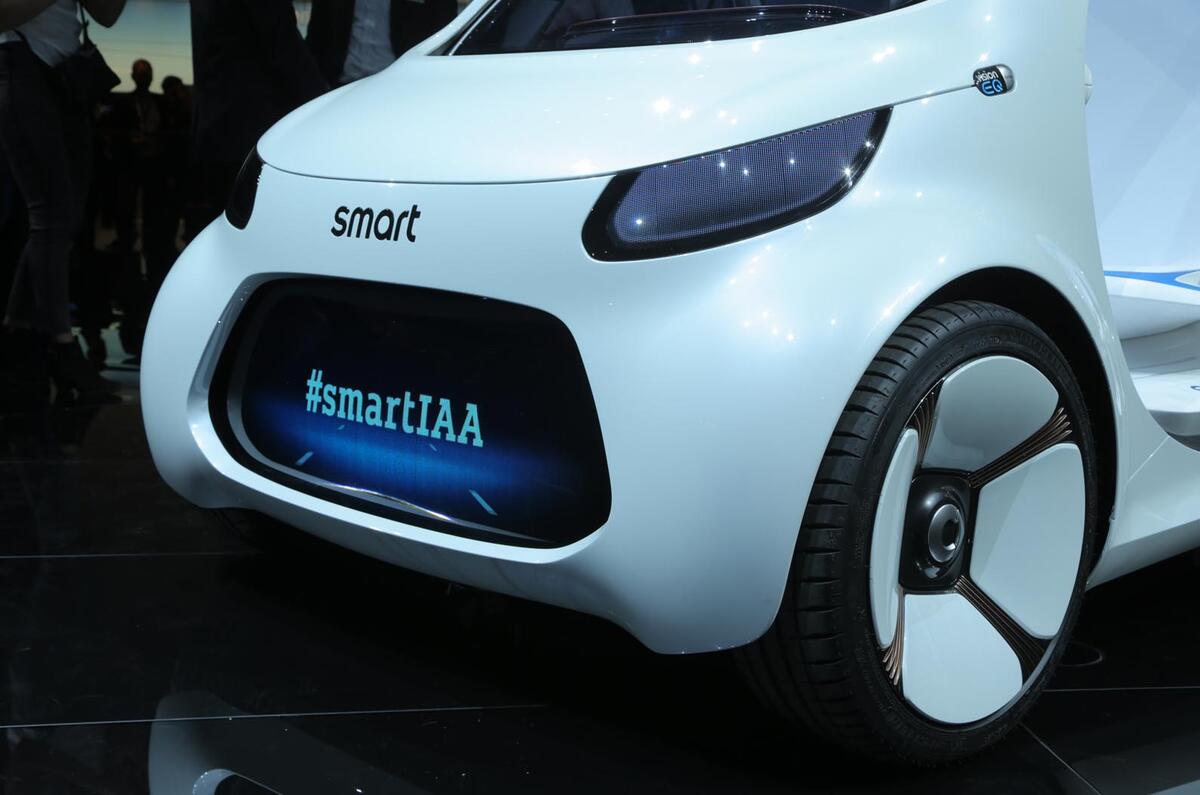
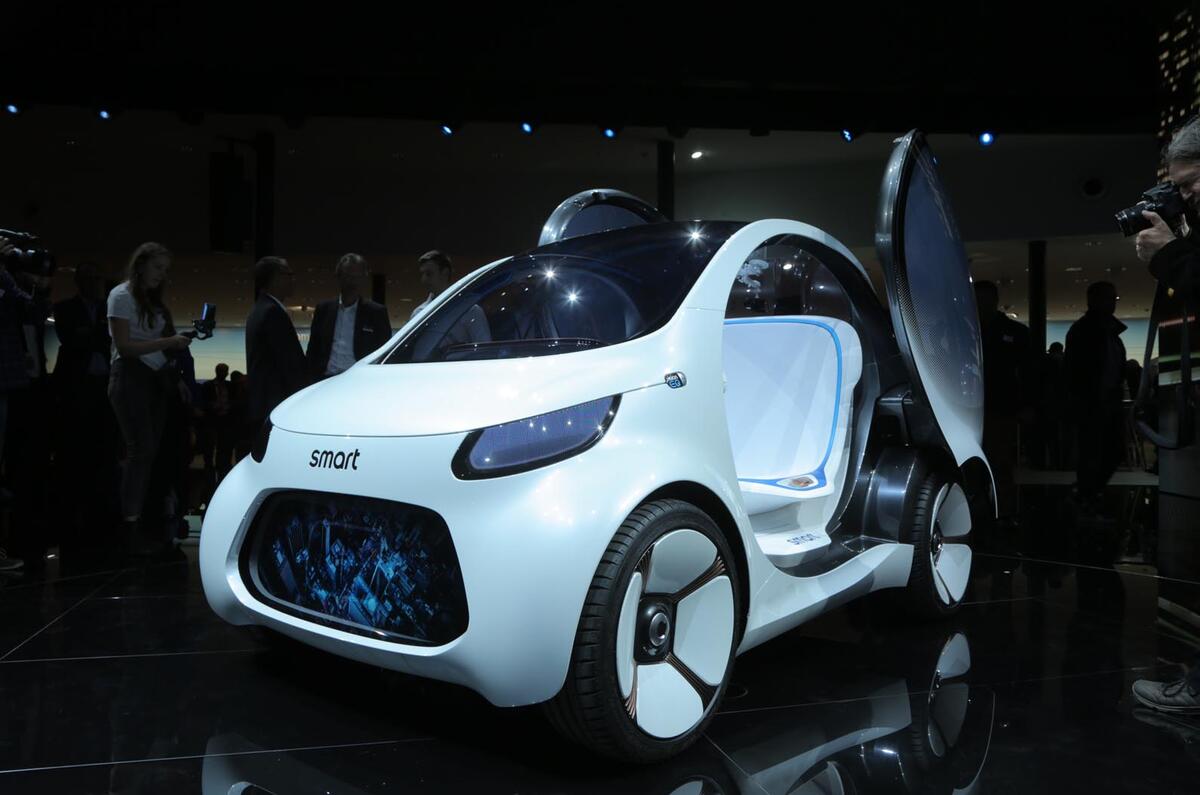
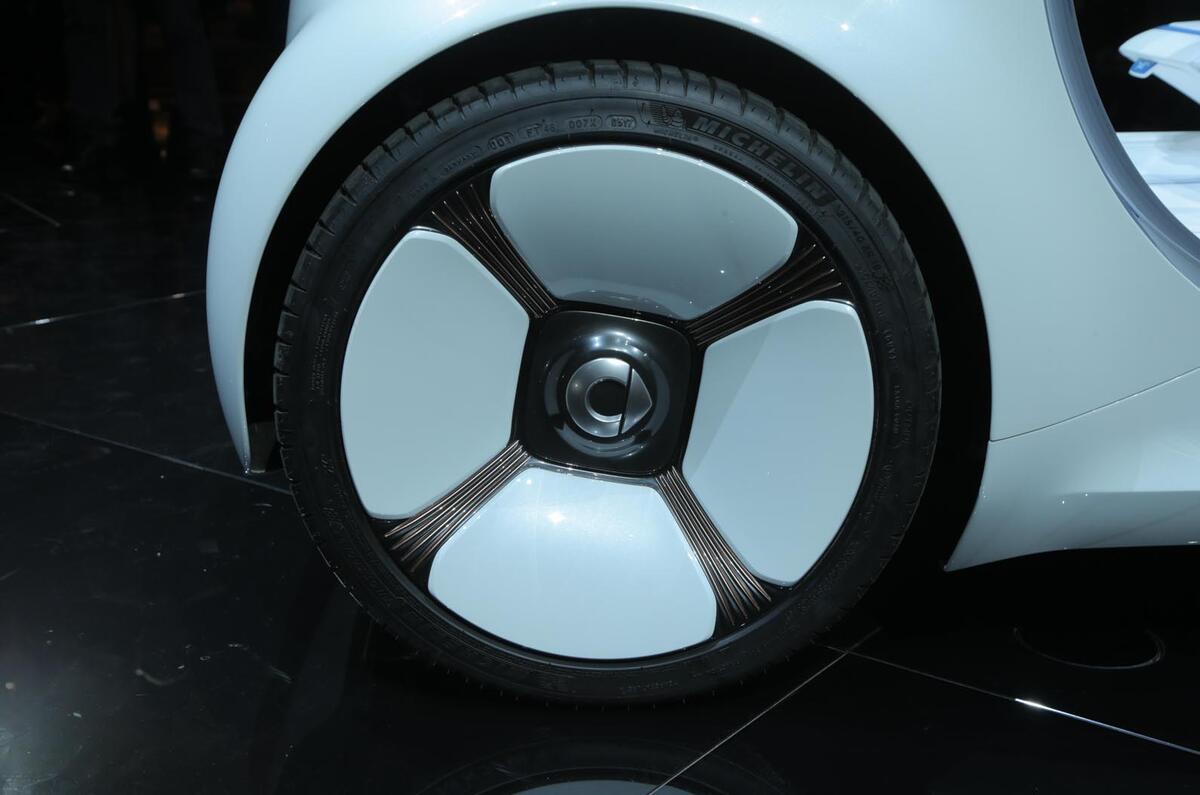
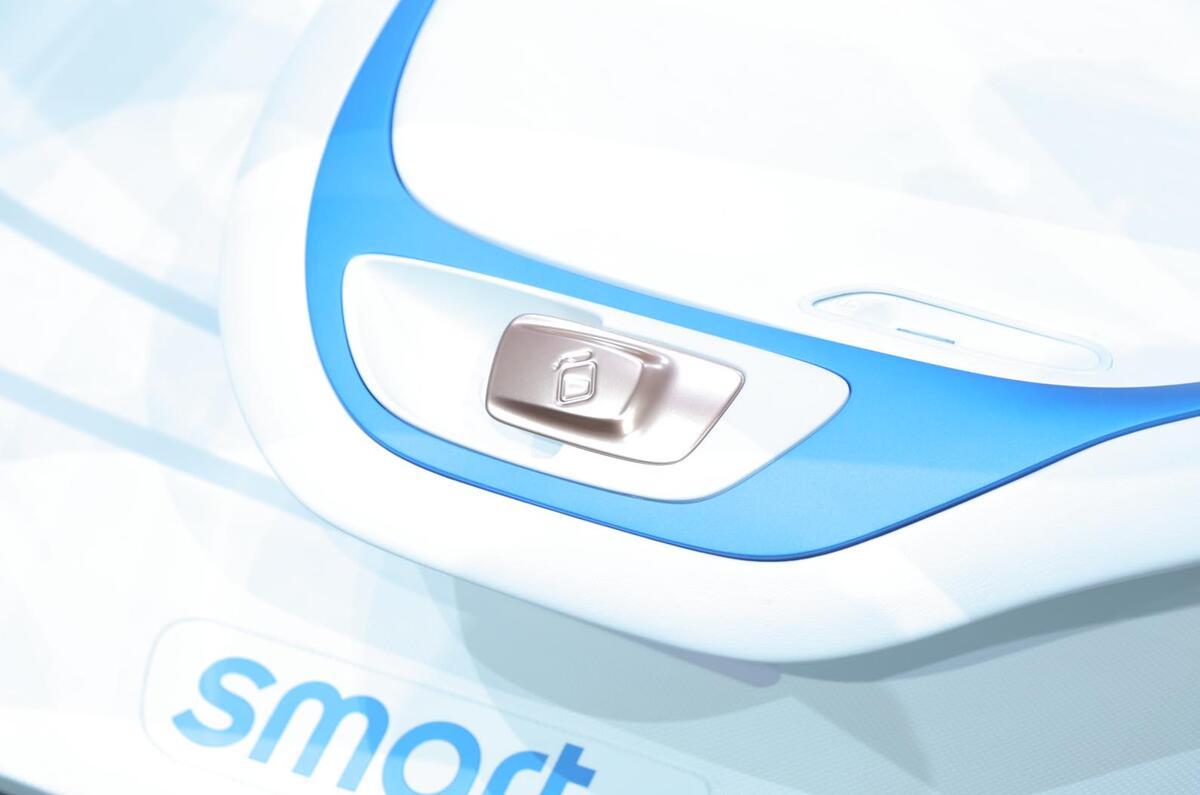
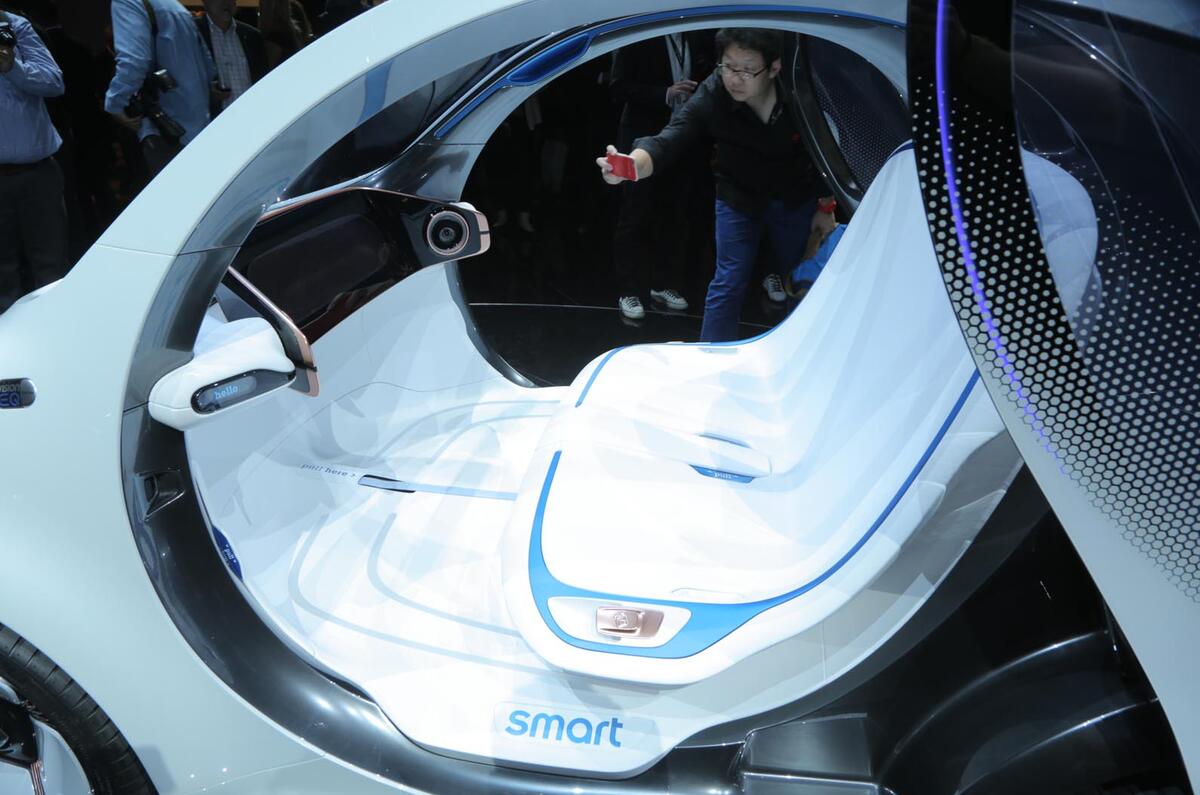
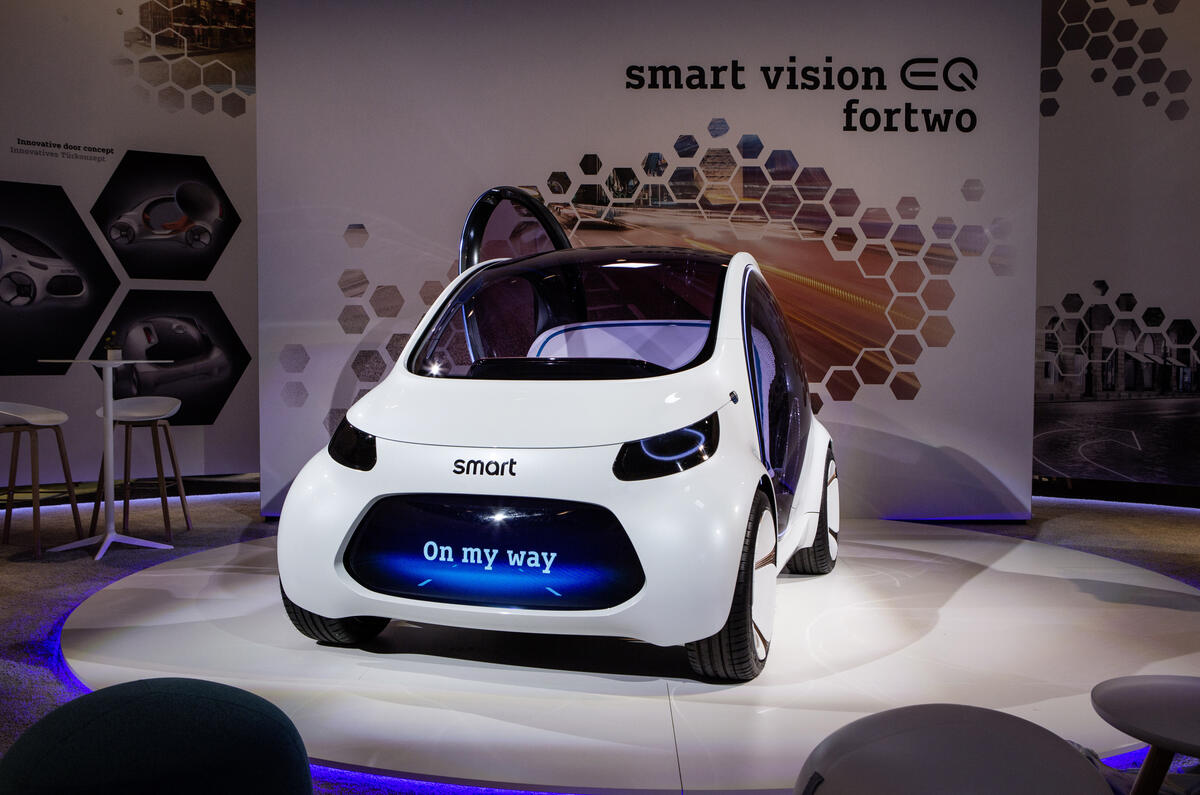


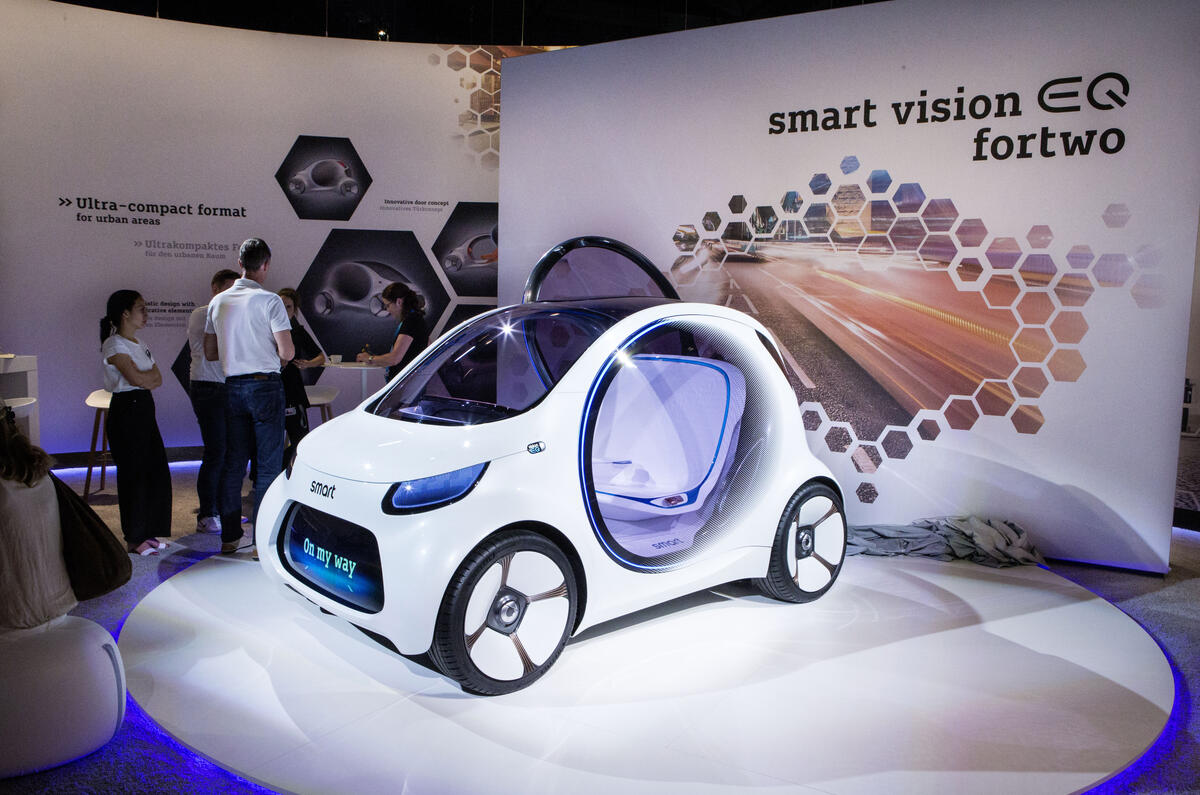
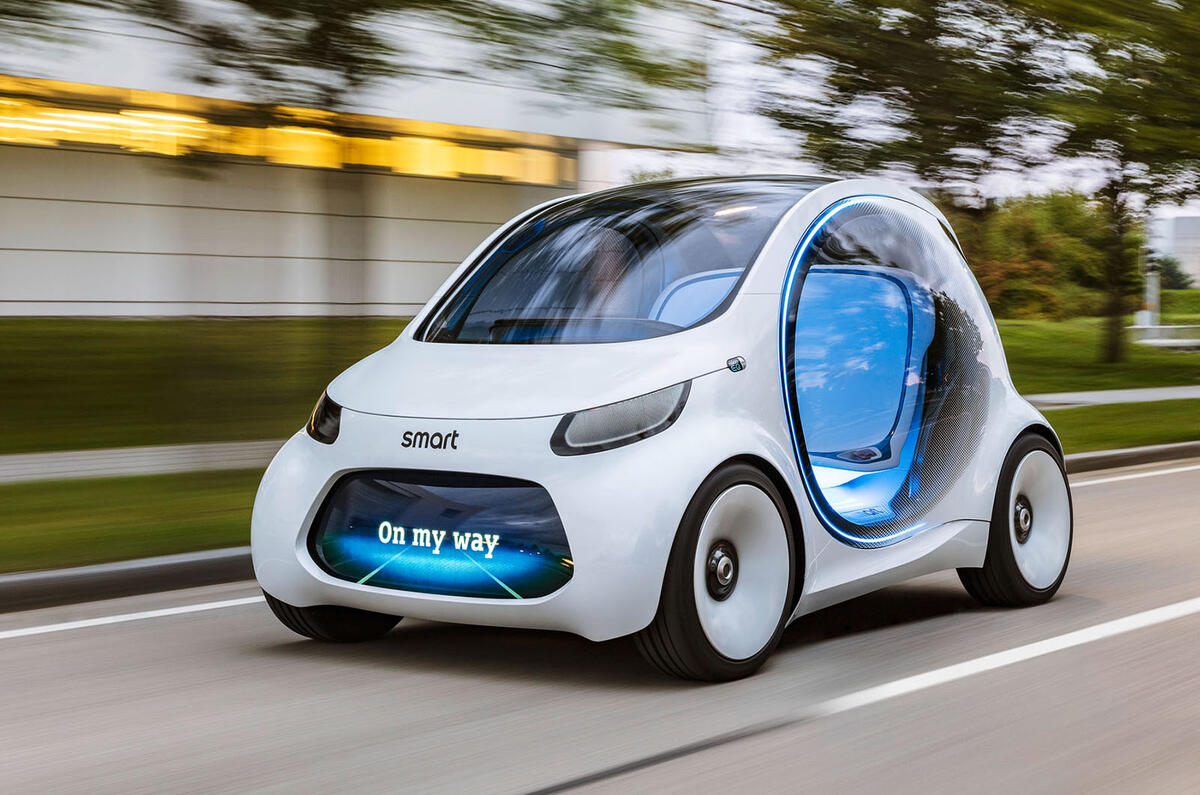
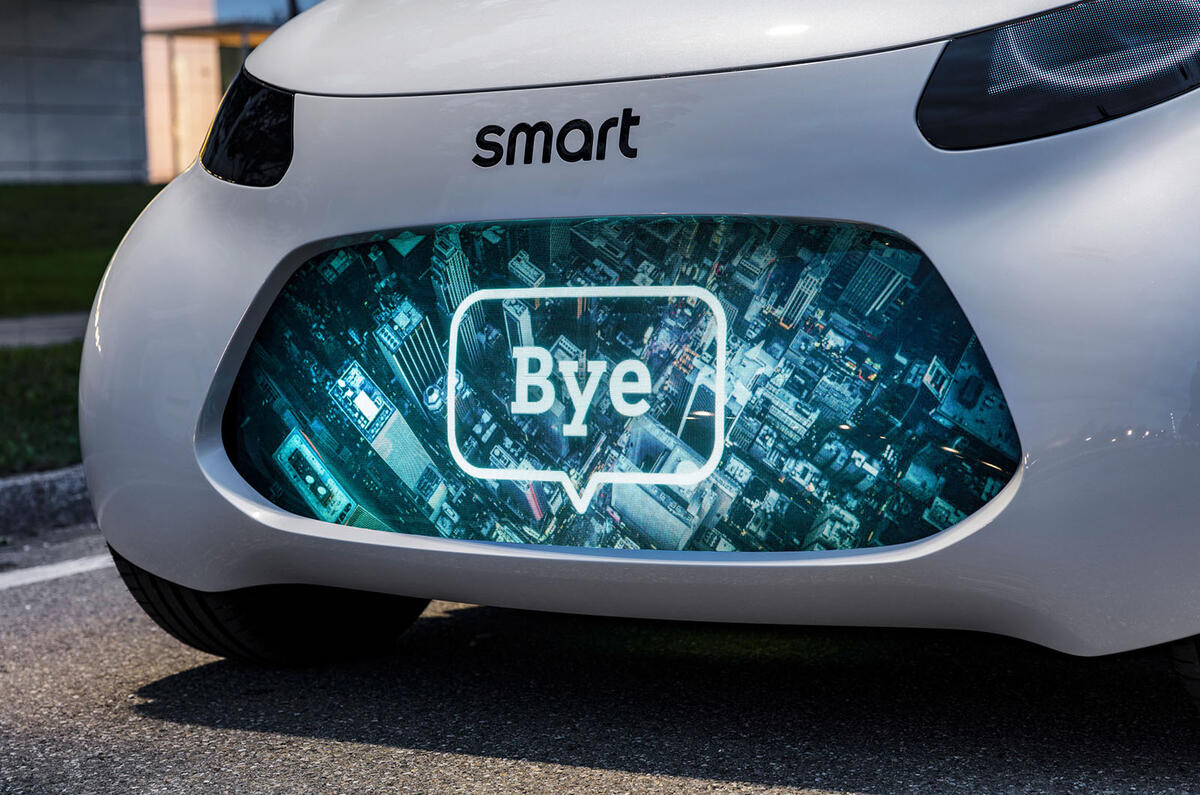
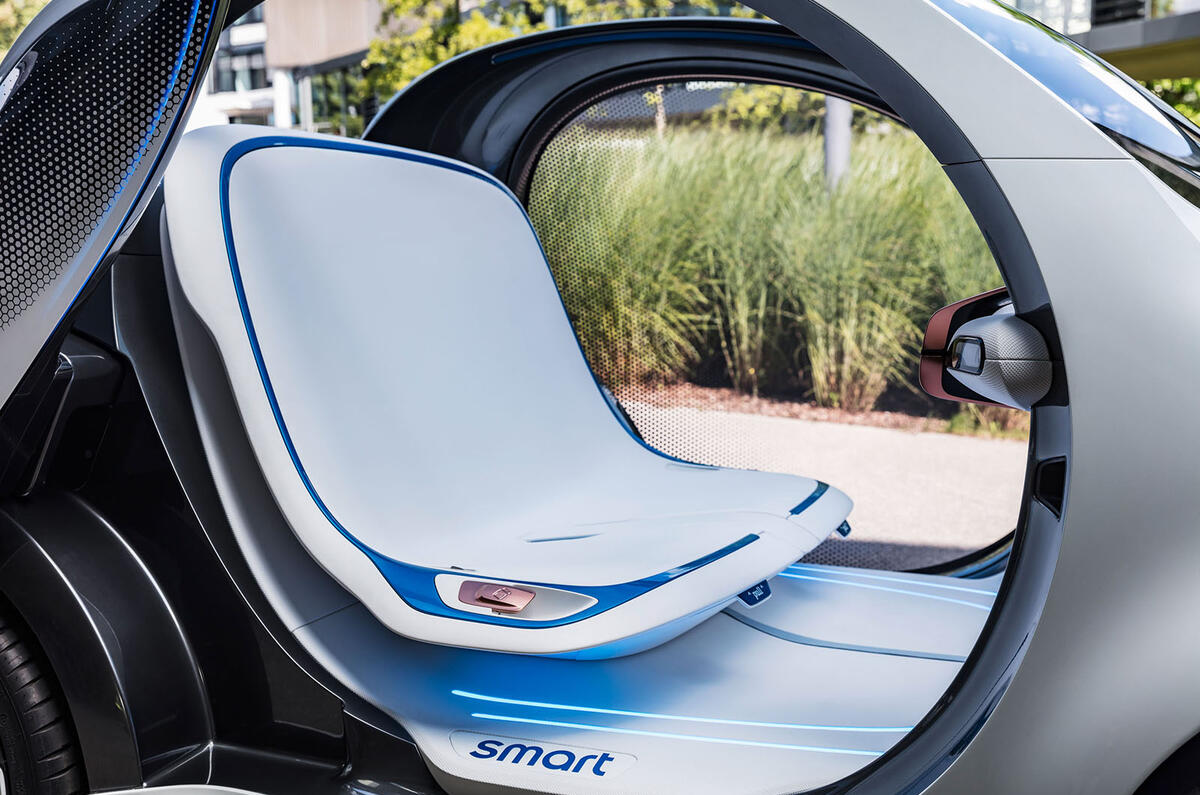
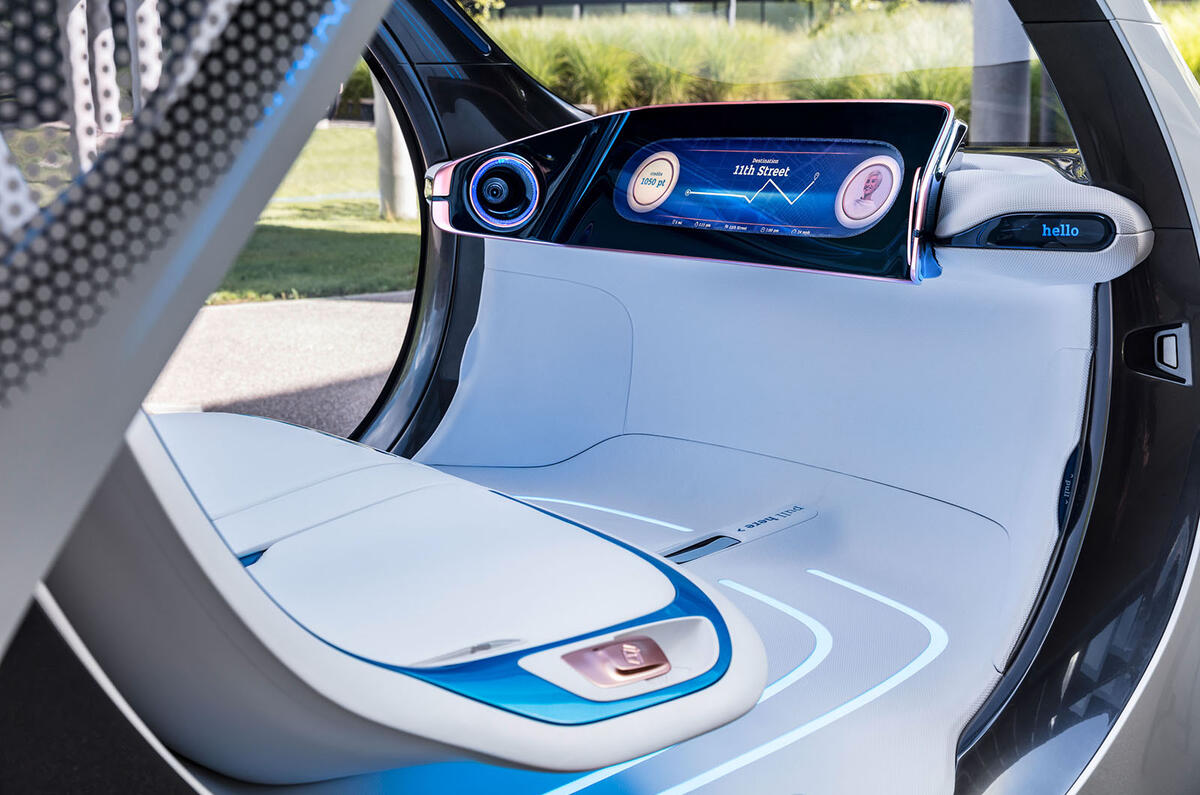
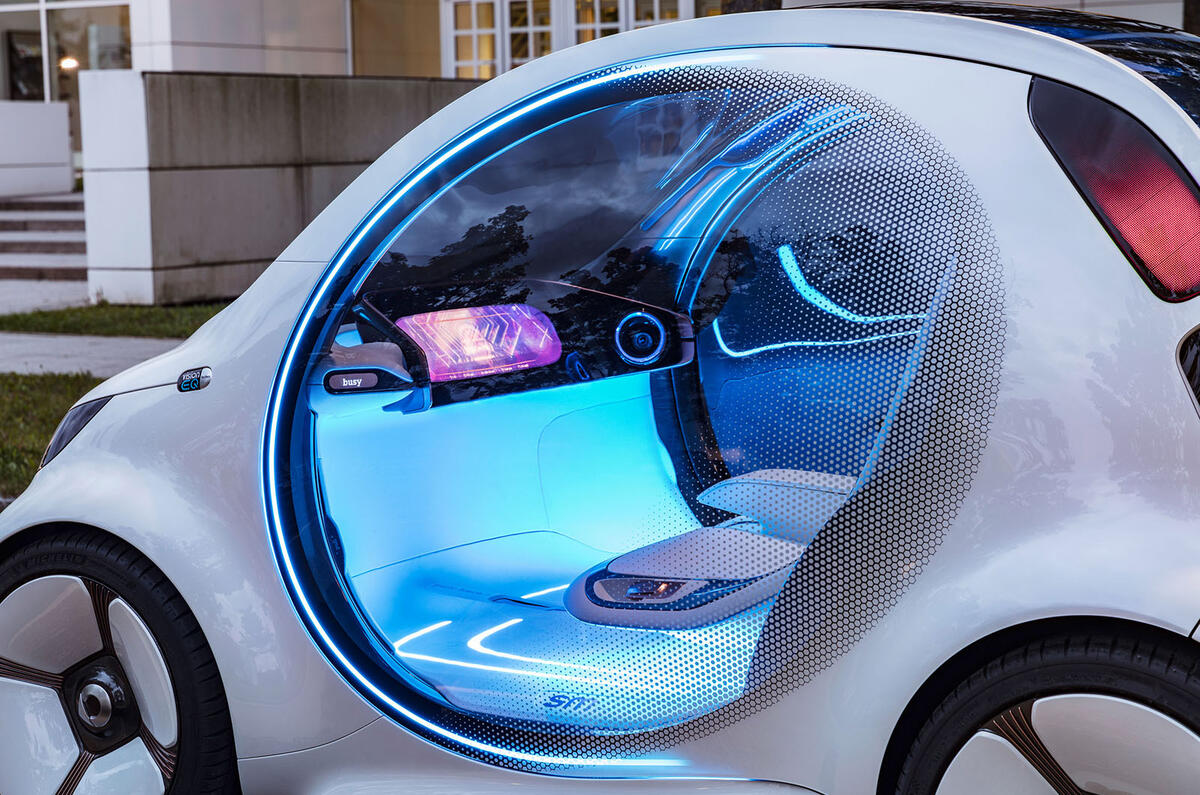
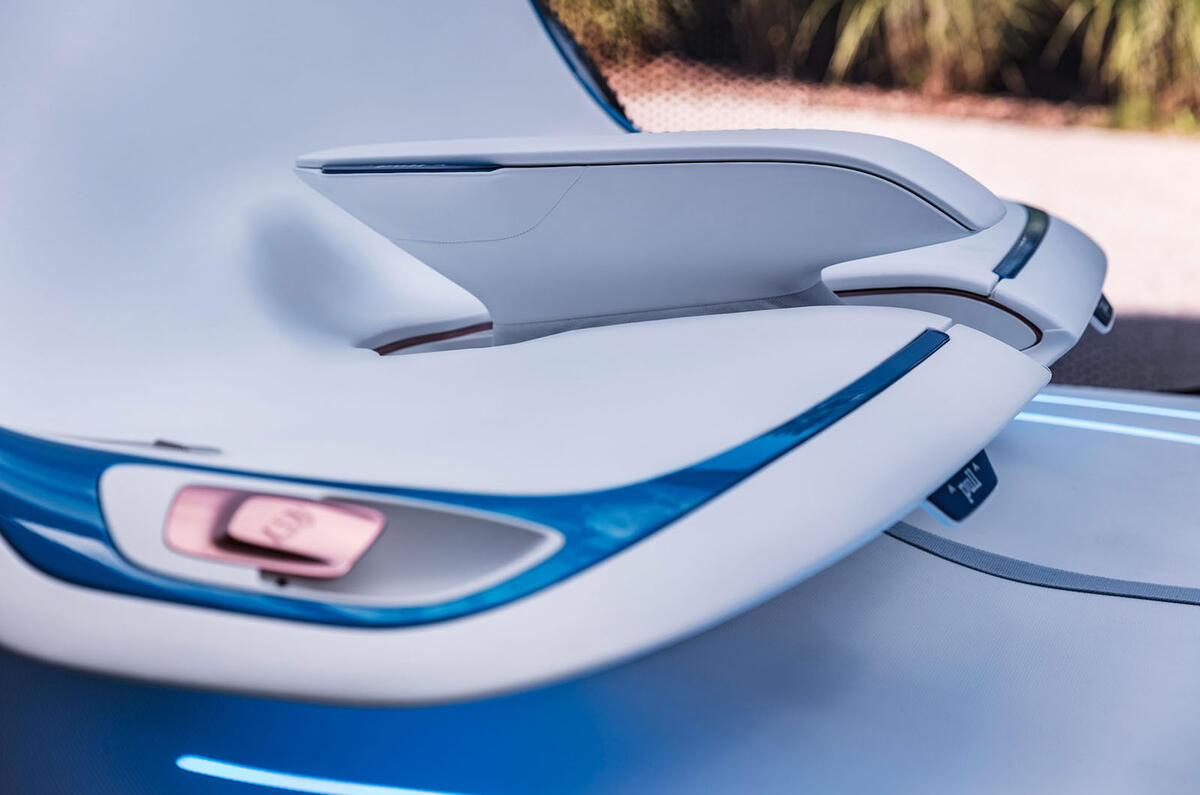
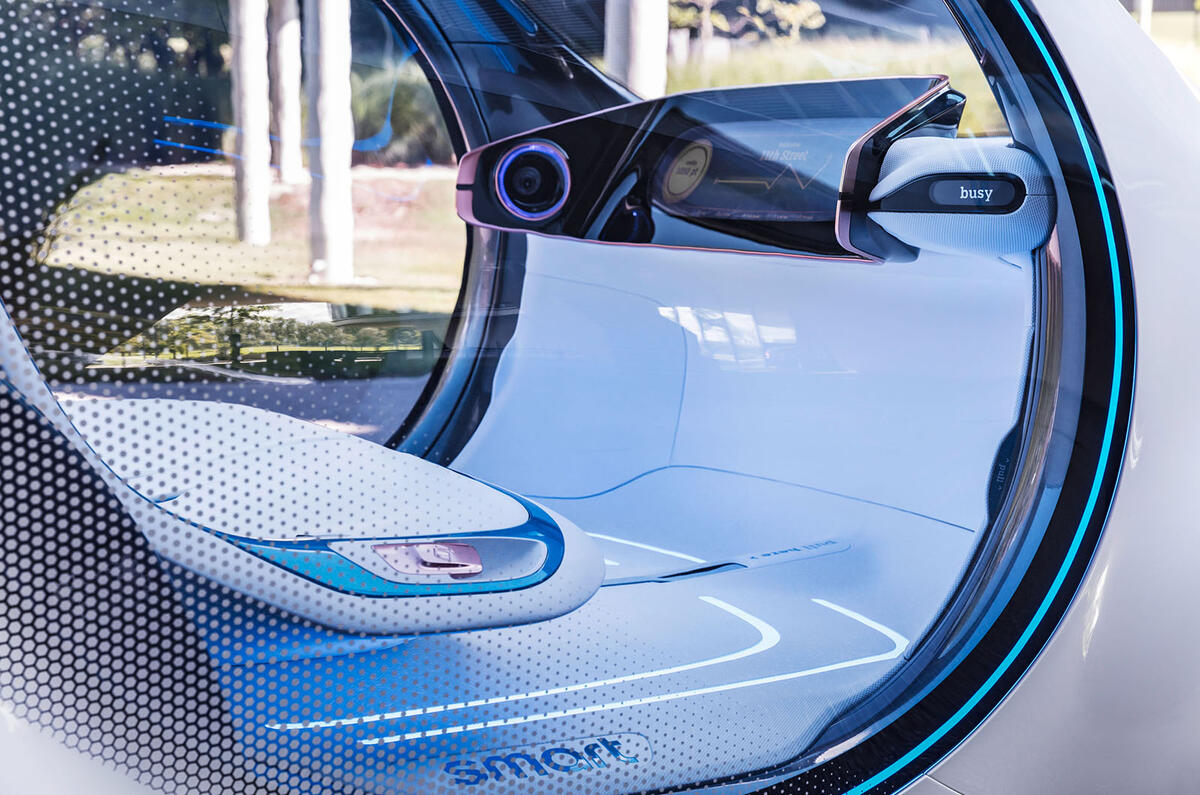
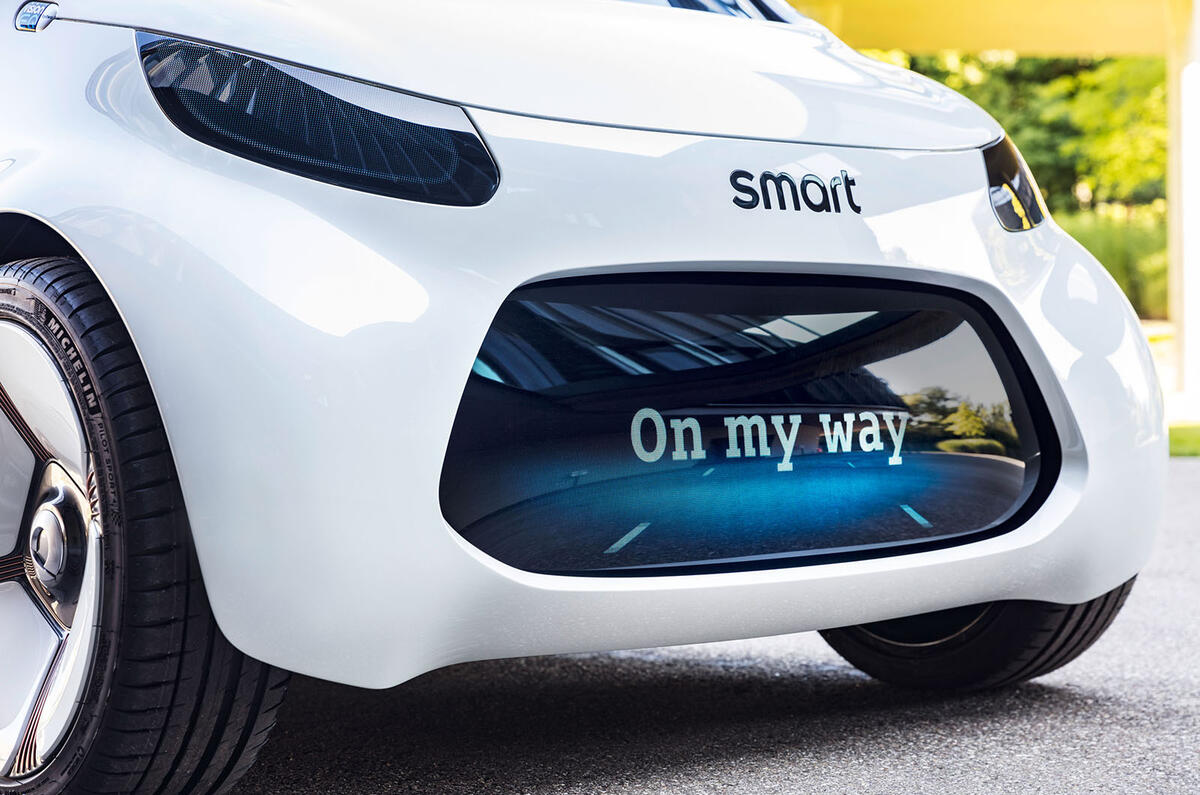
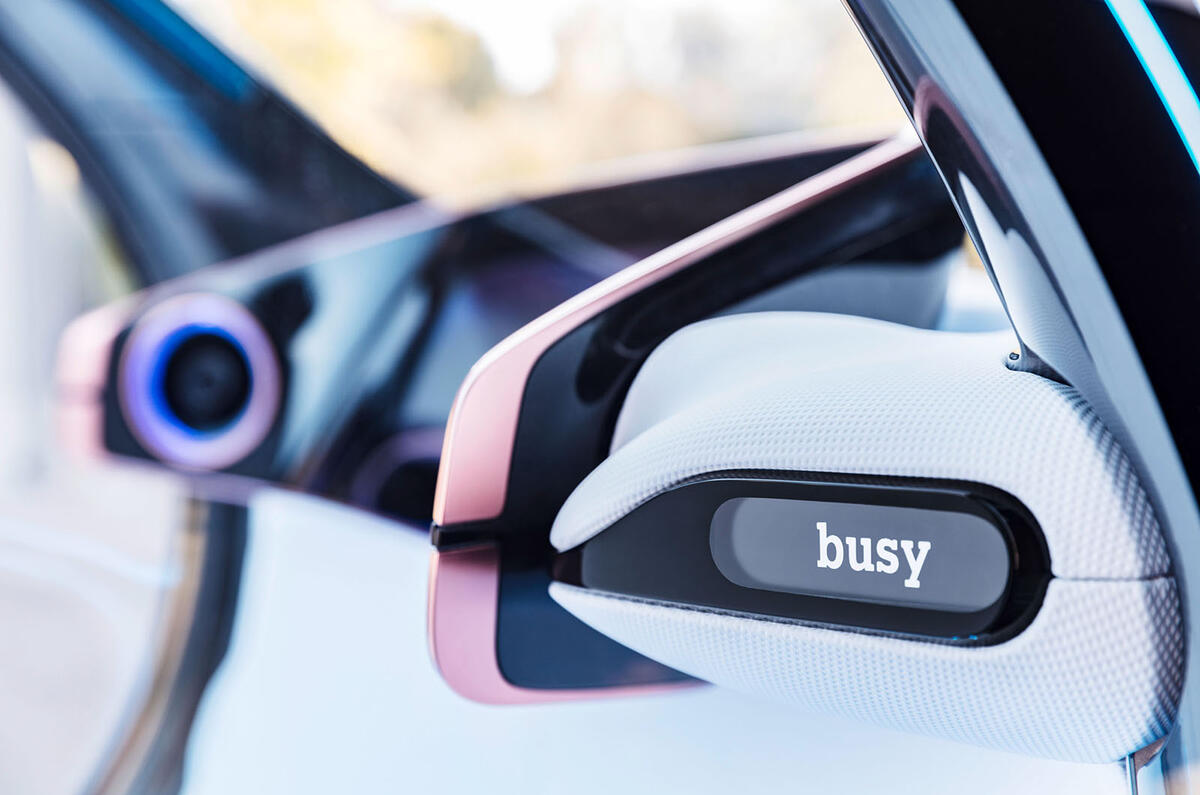
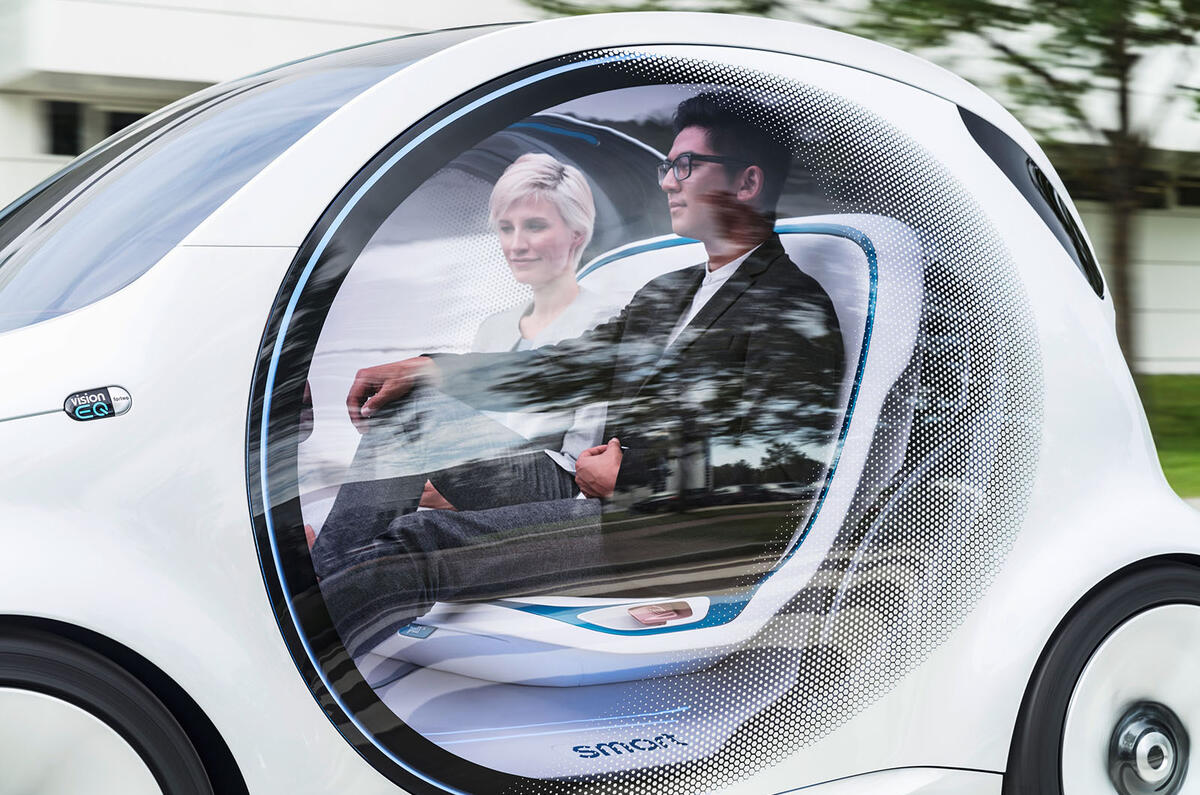
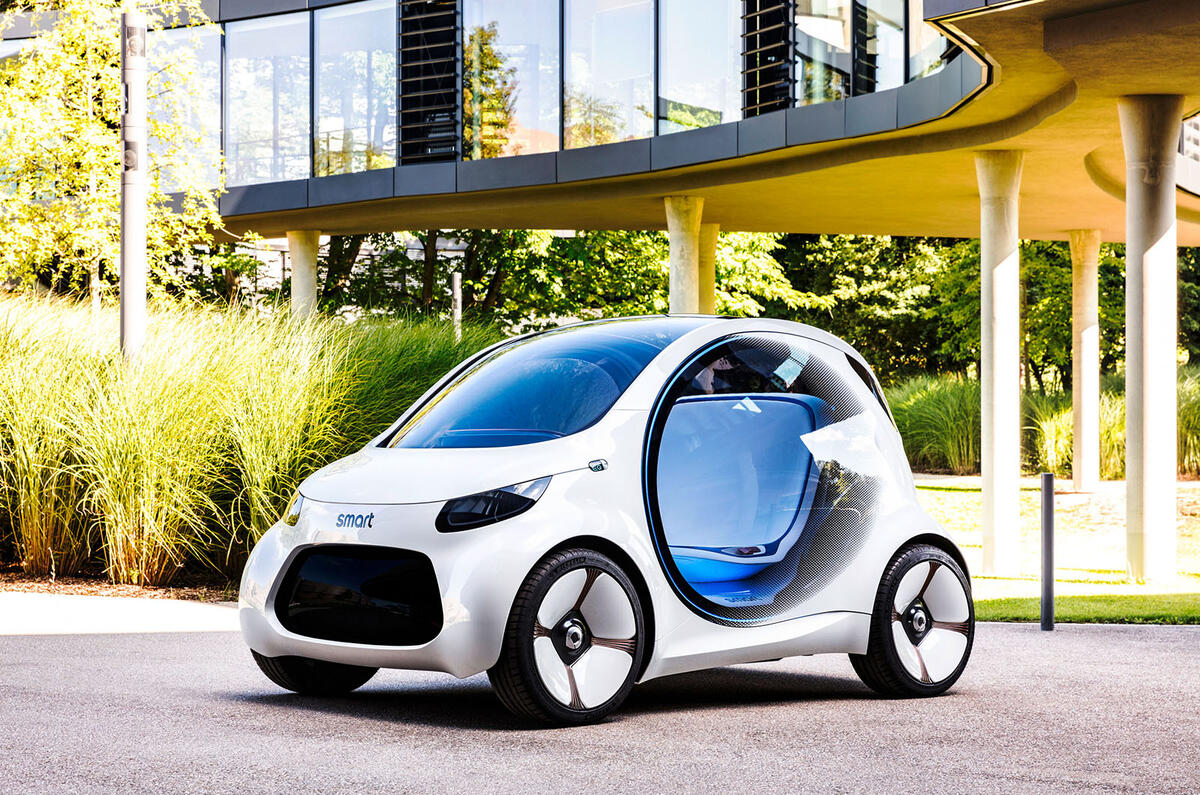
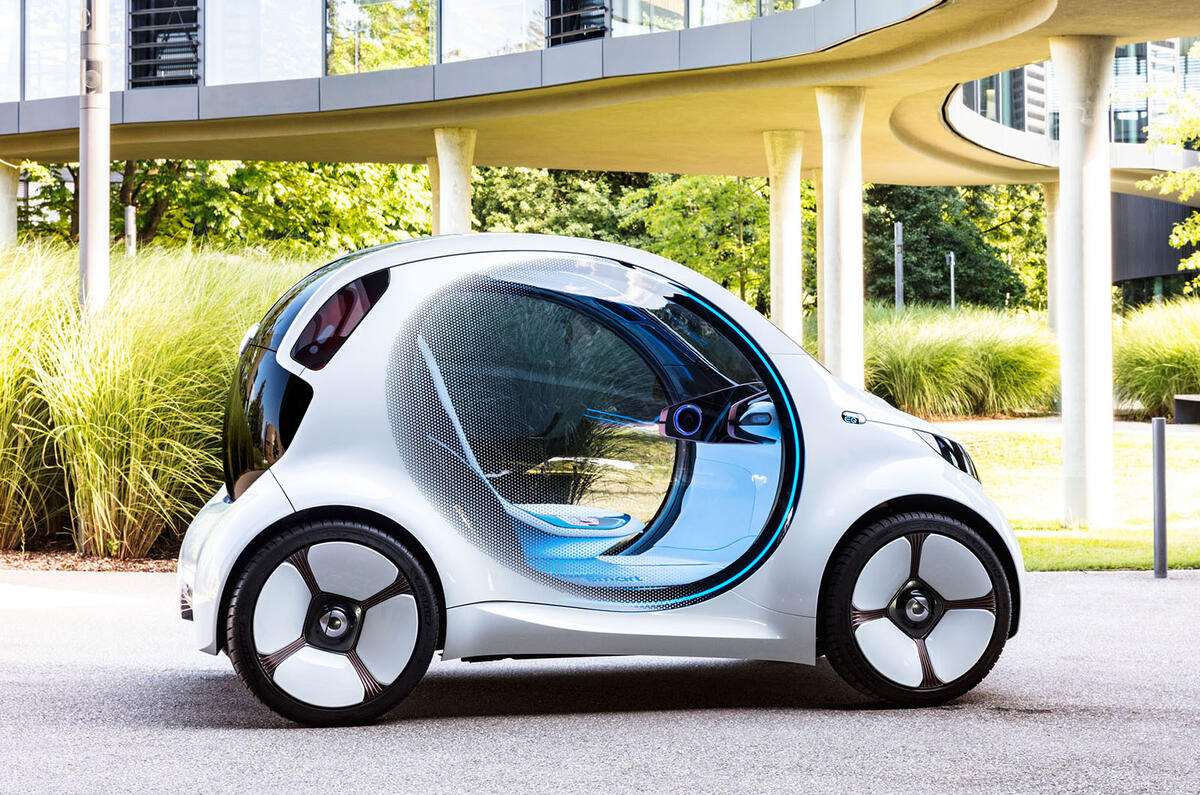
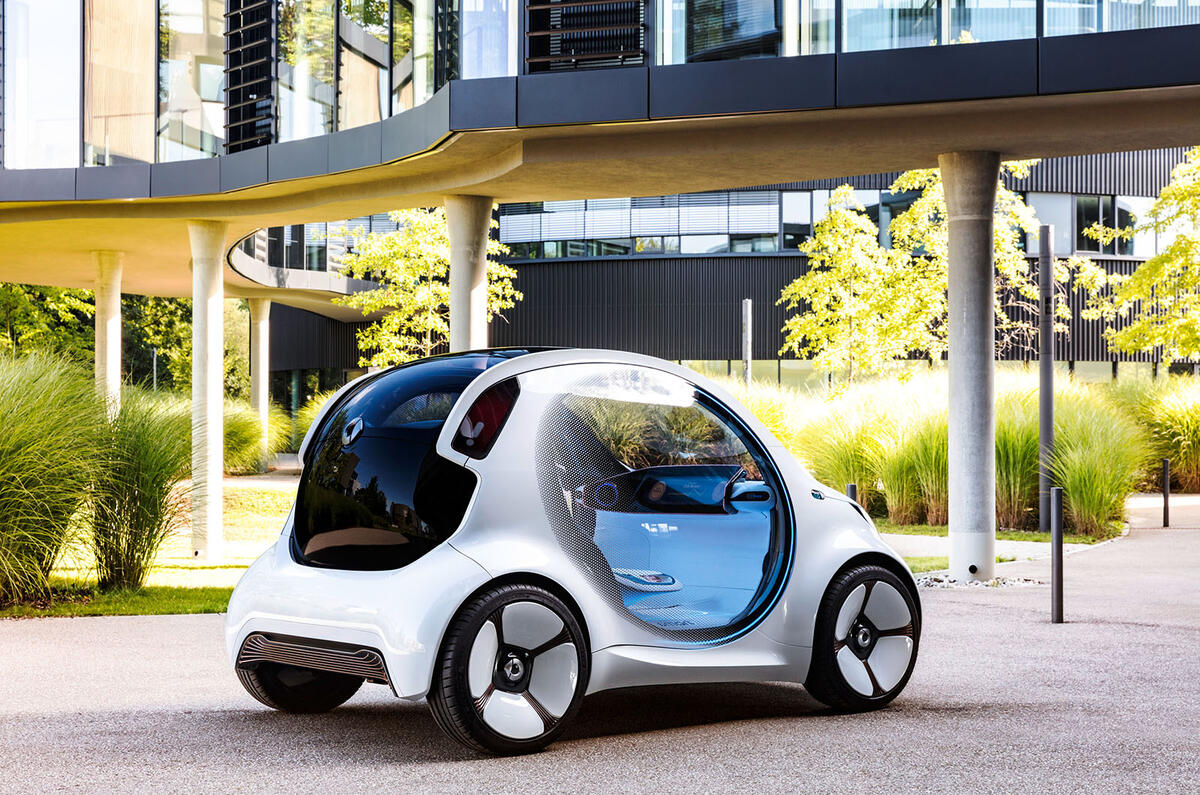
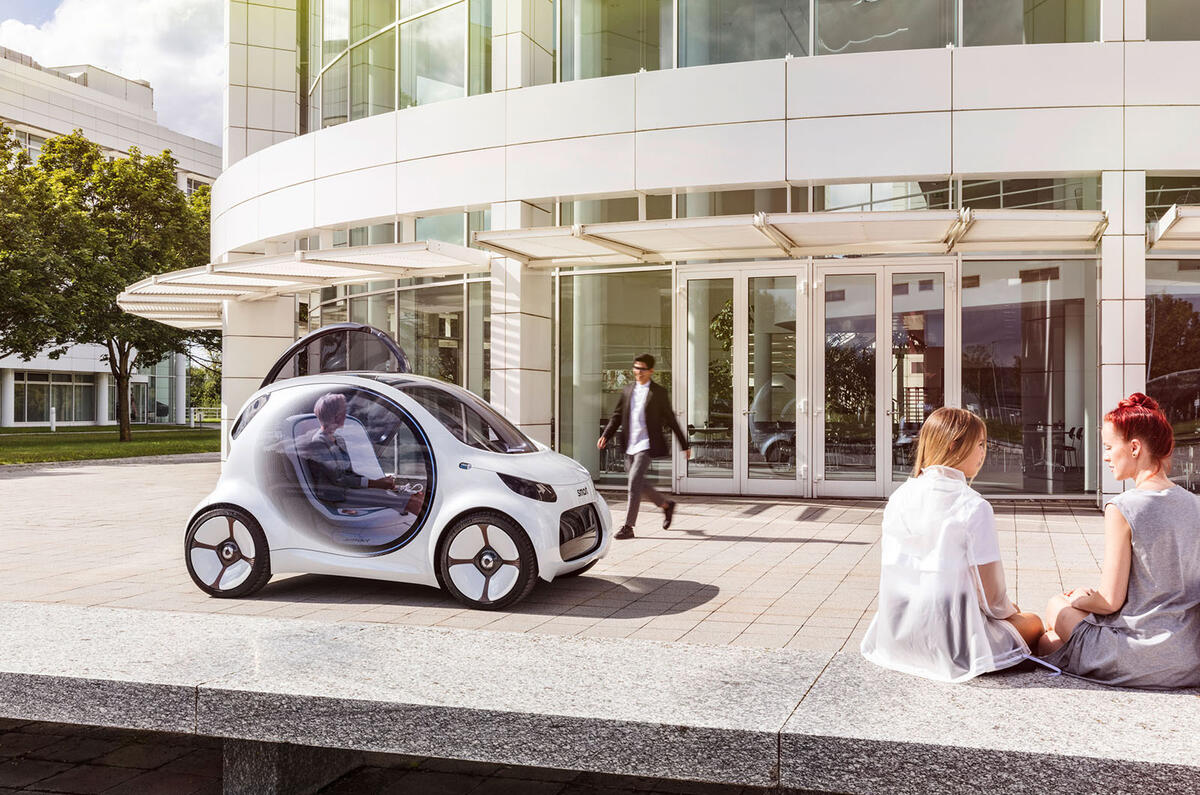
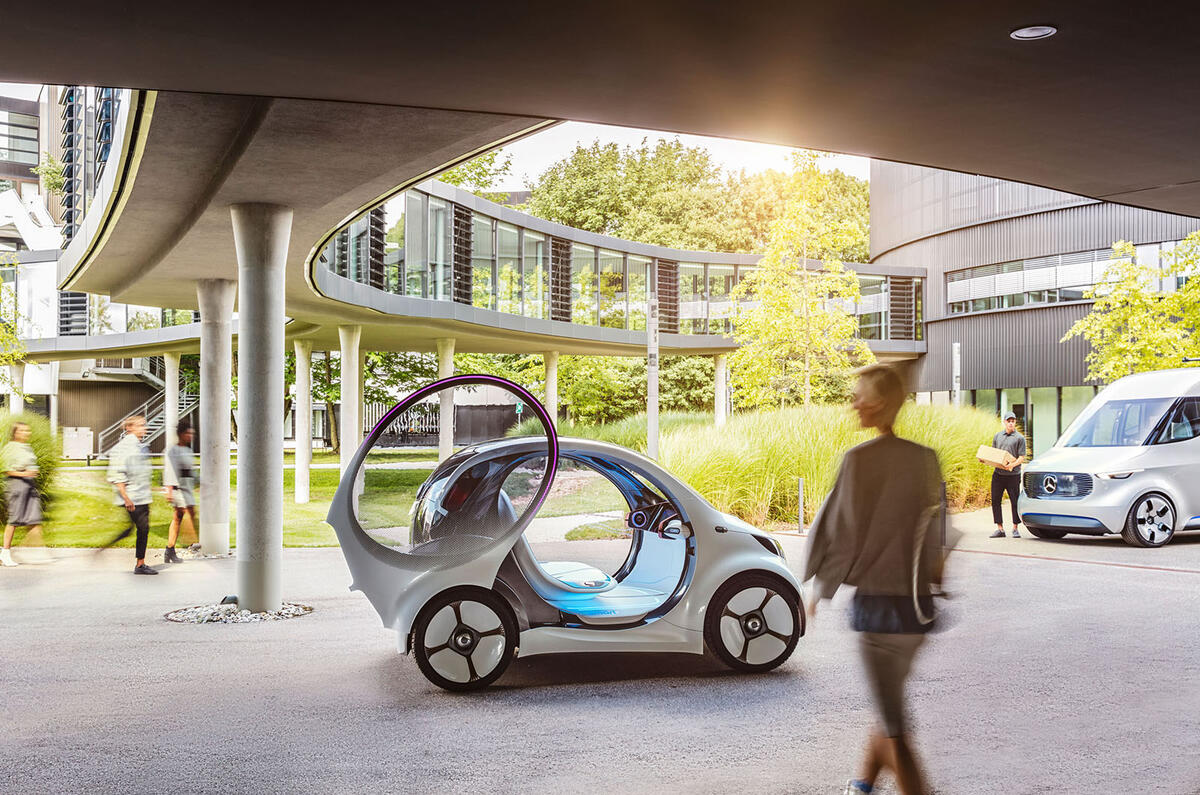
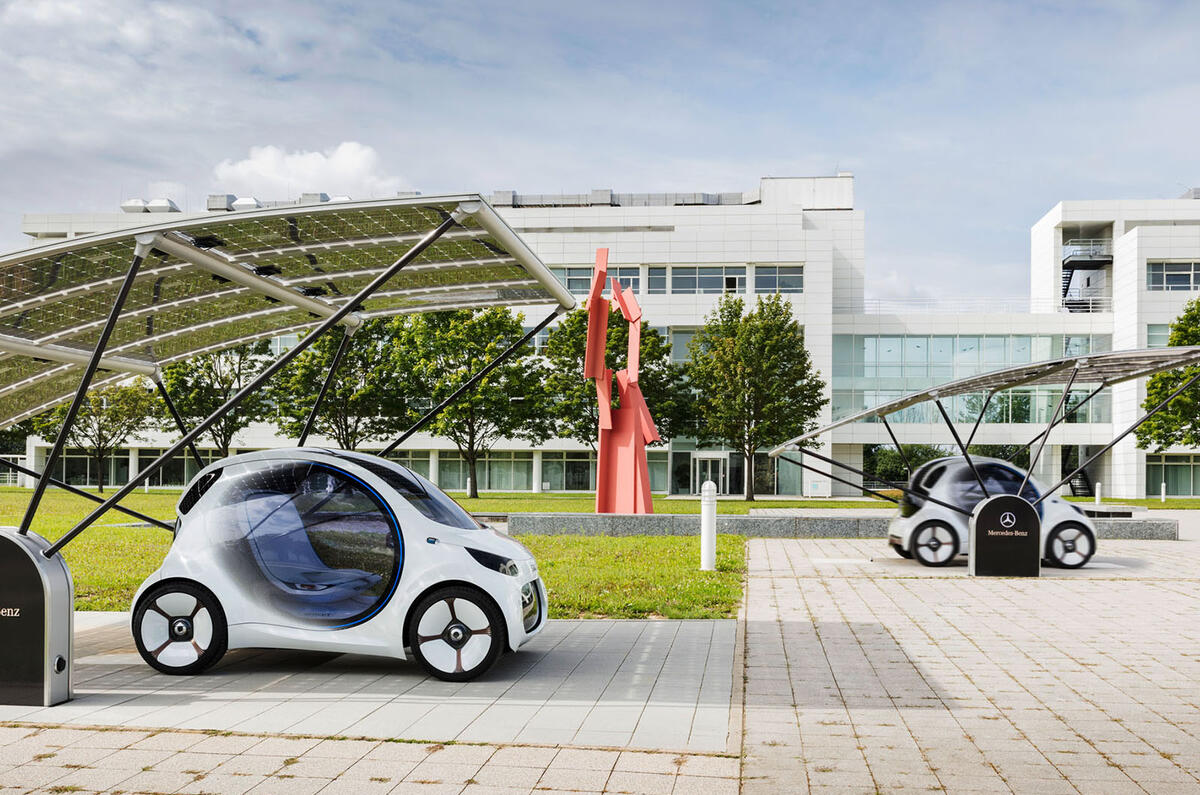
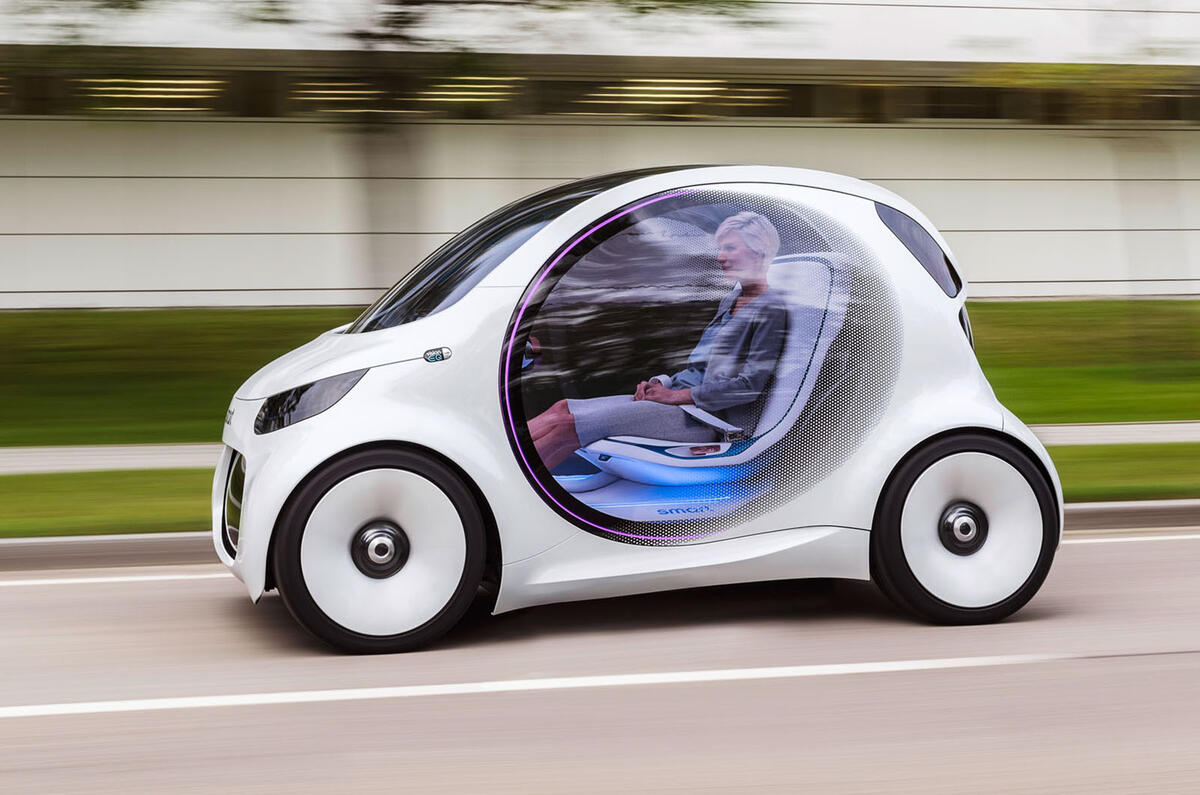
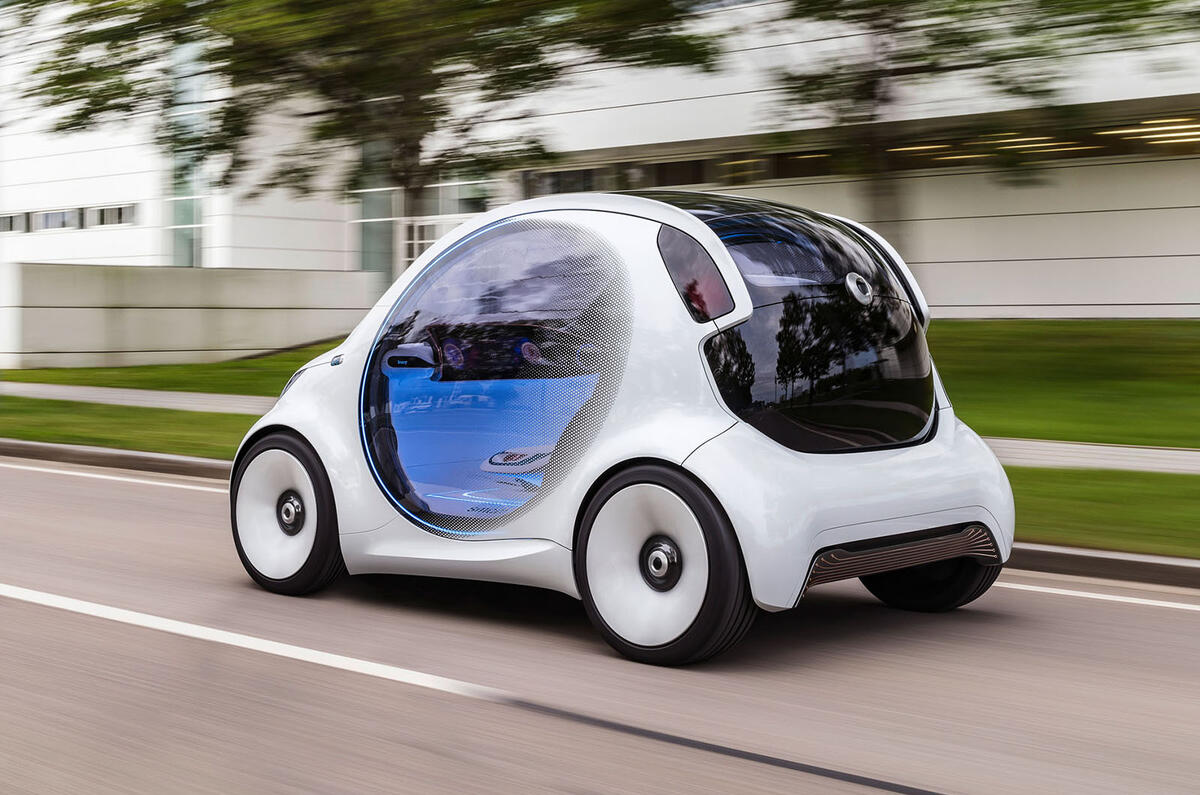
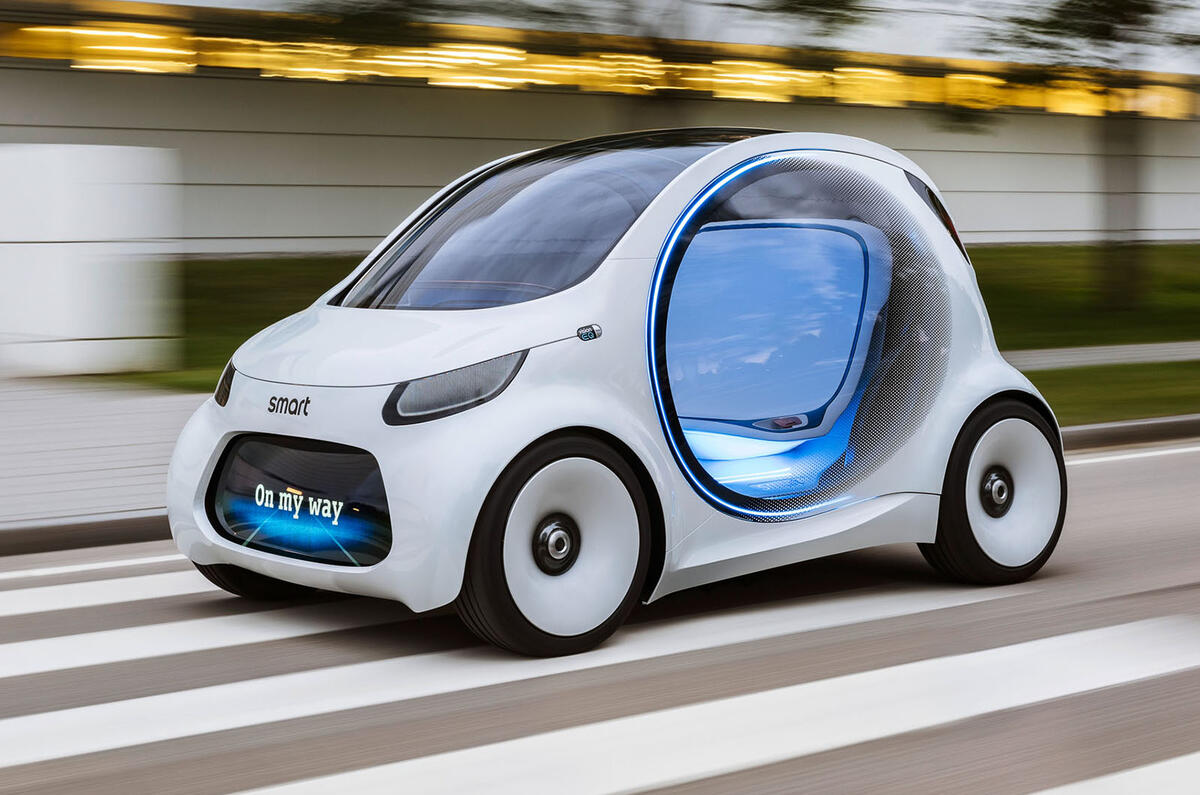
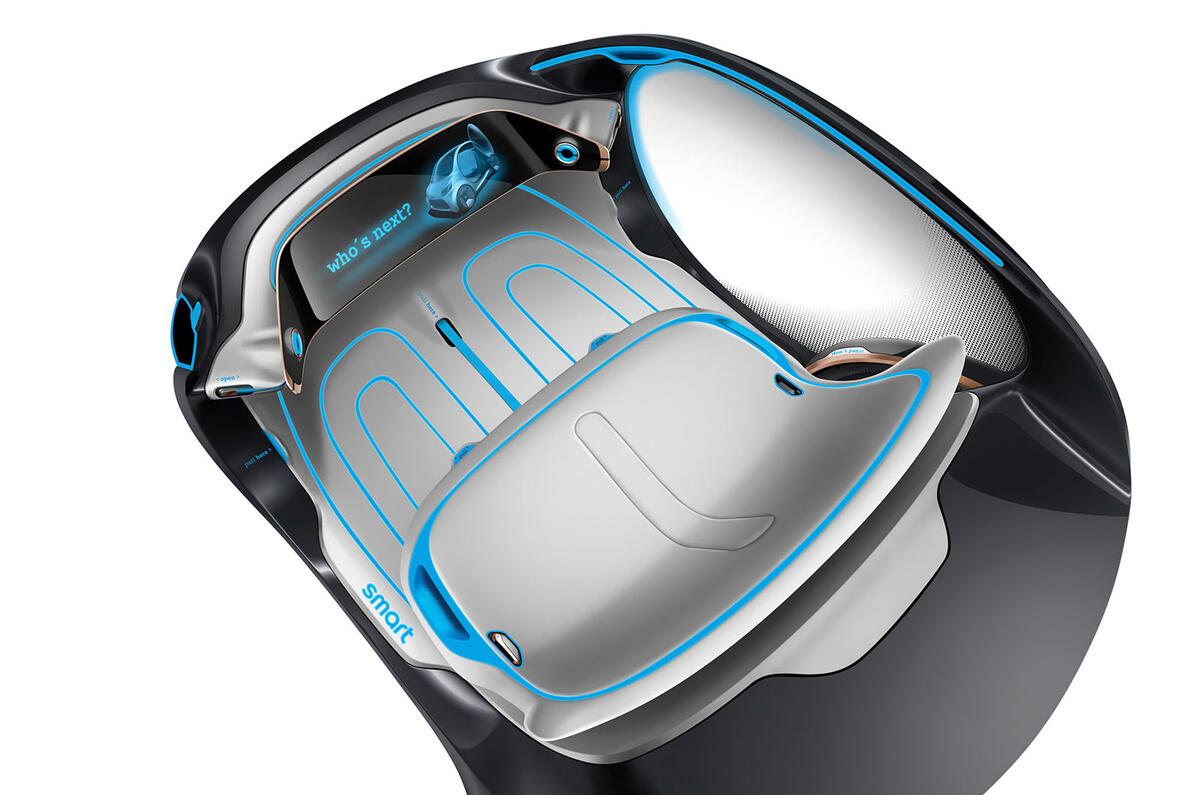
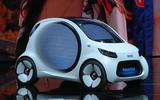
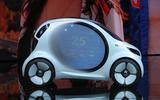
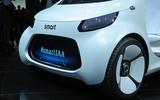
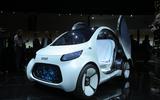


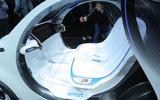

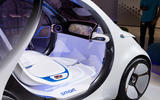
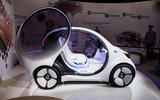
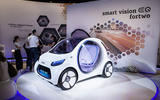
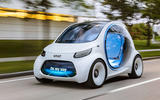
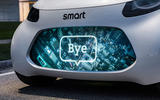
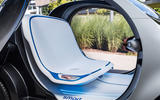
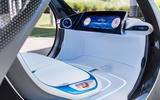
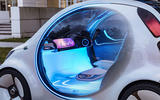
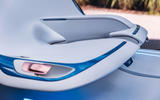
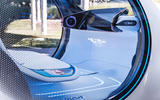
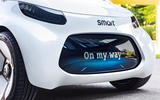
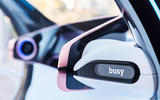
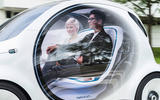
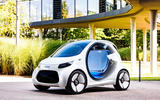

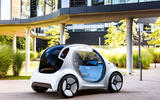
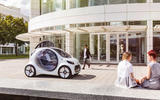
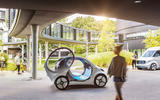
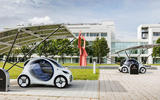
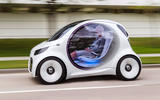
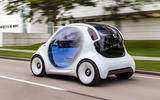
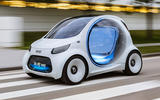
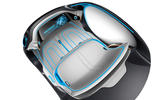







Join the debate
Add your comment
I want it now
The sooner this thing is driving me to work the better. I want it now!
On the right lines
Must admit, I quiote fancy something small, simple and relatively affordable like this could be - and a 200 mile range would make this genuinely useful for longer trips. If only it had a steering wheel - and glass doors might not provide much side protection. And does a thing like this really need 18in wheels? Modern designers don't seem to care about the need to reduce unsprung weight.